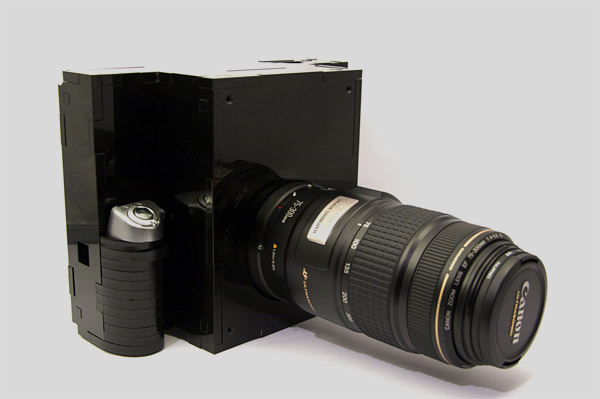Want to expose a rival’s poor security implementation? What better way than to demonstrate the weakness in public, in front of a gathered crowd? From a New Scientist story of very early 20th-Century hacktivism:
LATE one June afternoon in 1903 a hush fell across an expectant audience in the Royal Institution’s celebrated lecture theatre in London. Before the crowd, the physicist John Ambrose Fleming was adjusting arcane apparatus as he prepared to demonstrate an emerging technological wonder: a long-range wireless communication system developed by his boss, the Italian radio pioneer Guglielmo Marconi. The aim was to showcase publicly for the first time that Morse code messages could be sent wirelessly over long distances. Around 300 miles away, Marconi was preparing to send a signal to London from a clifftop station in Poldhu, Cornwall, UK.
Yet before the demonstration could begin, the apparatus in the lecture theatre began to tap out a message. … Mentally decoding the missive, Blok [Fleming’s assistant] realised it was spelling one facetious word, over and over: “Rats”. A glance at the output of the nearby Morse printer confirmed this. The incoming Morse then got more personal, mocking Marconi: “There was a young fellow of Italy, who diddled the public quite prettily,” it trilled.
The radio-hacker was Nevil Maskelyne, a magician and rival inventor who was interested in developing wireless technology but who had been frustrated by the broad patents granted to Marconi. Bonus trivia: Nevil’s father was John Nevil Maskelyne, magician and inventor of the pay toilet, and his son was Jasper Maskelyne, a magician and inventor (see a family connection here?) who allegedly helped develop some of the famous optical diversions and camouflage trickery for the British military during WWII (his inflatable tanks remind me of the Potemkin Army thing I posted a couple of years back…)



